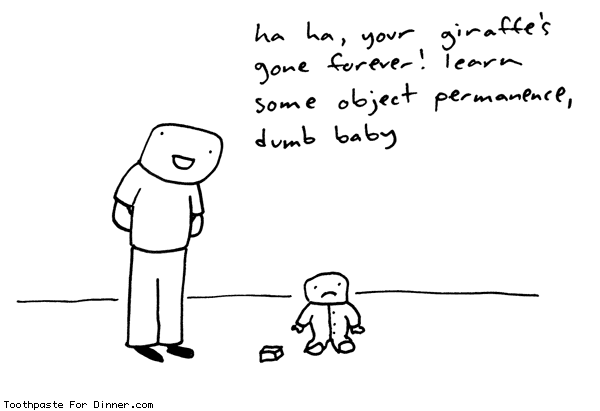"[HCI] - why is it interesting?.. Every time I think about computer science and I think about the future I always think about Moore's Law. Mainly because as I tell my students: if you choose a problem for which Moore's Law will solve it, why are you wasting your time. If we've got exponential growth in computer speed; if we've got exponential growth in memory, we've got lot's of available data. The one thing that isn't growing is human capacity. The ability to concentrate, the ability to see, the ability to touch, the size of our fingers, those things are not changing."
"Nobody wants to become the borg. People want to live the lives they live and they want to be assisted by their computing technology, they do not want to be dominated by it."
-Dan Olson (Interactive Machine Learning)
Good design principles from...
Image Processing with Crayons, a drawing application where you don't have to stay within the lines:
- Painting is the fundamental metaphor.
- Users can become semi-proficient in ~ 4 minutes.
- ML algorithm must train in less than 10 seconds, preferably 2.
How long can I neglect my robot, an experiment to teach a robot what is safe and what is not safe:
Digital input device a:
- You look at where you want to go and you go there.
- A great advance over the joystiq?
Digital input device b:
- Scribble what is safe in blue and what is unsafe in red.
- You can teach anyone how to do this in ~ a minute and a half.
"It cannot take days to train, it must take seconds. Otherwise you don't have an interactive loop." There is a user with some kind of user interface (e.g., painting with crayons - drawing on transparent layers) who labels some artifacts (e.g., pixels). Convert that into features, train a training algorithm, apply it to a bunch of unlabeled artifacts and provide feedback to the user. This the loop. Focus on it.
Driving robots are being funded by the military?














